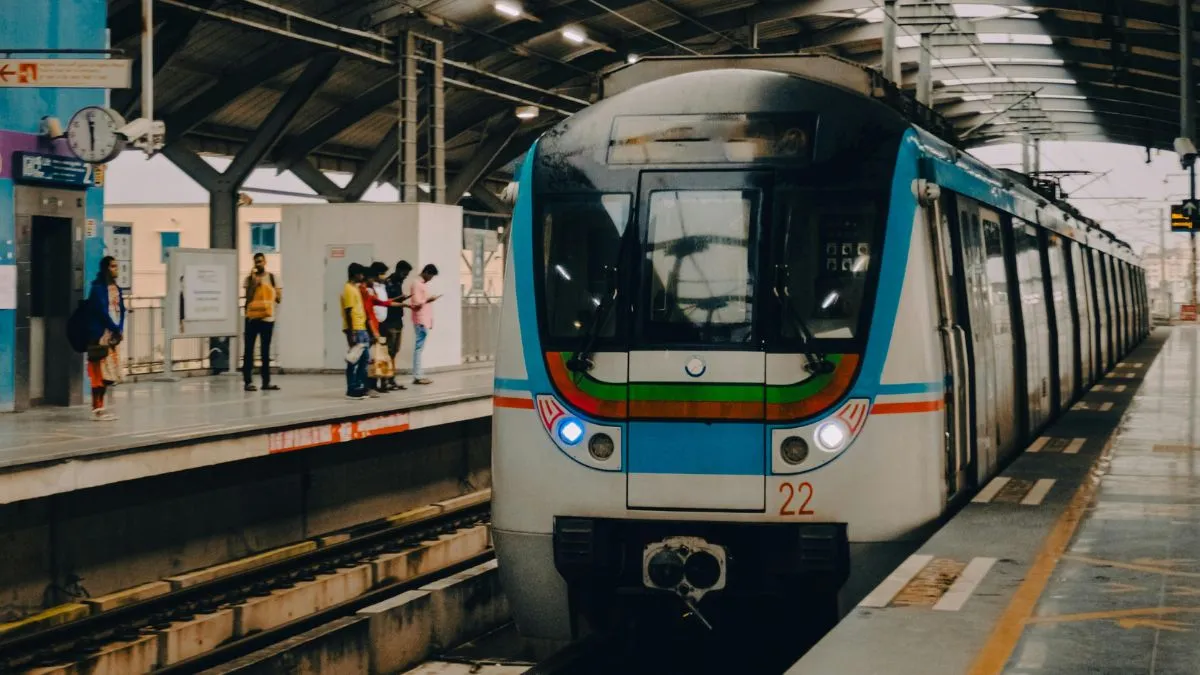Now Reading: Kerala’s Urban Future: Over 80% Population Projected to Live in Cities by 2050
-
01
Kerala’s Urban Future: Over 80% Population Projected to Live in Cities by 2050
Kerala’s Urban Future: Over 80% Population Projected to Live in Cities by 2050

Kerala is on track to become one of India’s most urbanized states, with projections indicating that over 80% of its population will reside in urban areas by 2050. This significant shift underscores the state’s rapid urbanization and the need for comprehensive planning to manage growth and ensure sustainable development.
Urban Growth Projections and Planning
The Kerala Urban Policy Commission (KUPC), established in December 2023, has outlined a roadmap to guide the state’s urban development over the next 25 years. The commission’s final report, submitted during the Kerala Urban Conclave, includes over 40 recommendations aimed at addressing the challenges and opportunities of urbanization.
Key proposals include the establishment of six directly elected Metropolitan Planning Committees (MPCs) in major cities, the development of specialized urban hubs such as a fintech center in Thrissur-Cochin, industrial cities in Palakkad and Kasaragod, and a knowledge corridor linking Thiruvananthapuram and Kollam. Additionally, the commission advocates for integrating climate resilience into urban planning, implementing green fees, and enhancing data infrastructure with urban observatories and automated weather systems.
Infrastructure and Connectivity Initiatives
To support the projected urban population, Kerala is investing in infrastructure projects aimed at improving connectivity and accessibility. The state has expressed support for a regional rapid transit system (RRTS), and officials from Himachal Pradesh have shown interest in replicating the Kochi Water Metro, a water-based public transport system that has garnered national attention.
In Thiruvananthapuram, the city gas project is progressing rapidly, with completion expected by December 2028. Spearheaded by THINK Gas, the initiative aims to expand the piped natural gas (PNG) and compressed natural gas (CNG) infrastructure across the city. The project covers areas including Kazhakkoottam, Vattiyoorkavu, and multiple neighborhoods such as Vettucadu, Beemapally, Sreekaryam, and Peroorkada.
Implications for Smaller Cities and Rural Areas
The rapid urbanization of Kerala presents both opportunities and challenges for smaller cities and rural areas. While urban centers like Kochi and Thiruvananthapuram are experiencing significant growth, there is a risk of widening disparities between urban and rural regions. To address this, the KUPC emphasizes the importance of inclusive development that ensures equitable access to resources and opportunities for all residents, regardless of their location.
Conclusion
Kerala’s projected urban future necessitates strategic planning and investment in infrastructure, governance, and sustainable development. By implementing the recommendations of the Kerala Urban Policy Commission, the state aims to manage its urban growth effectively, ensuring that all residents benefit from the opportunities and improvements that come with urbanization. As Kerala moves towards a predominantly urban population, the focus must remain on creating inclusive, resilient, and well-connected communities across the state.
























